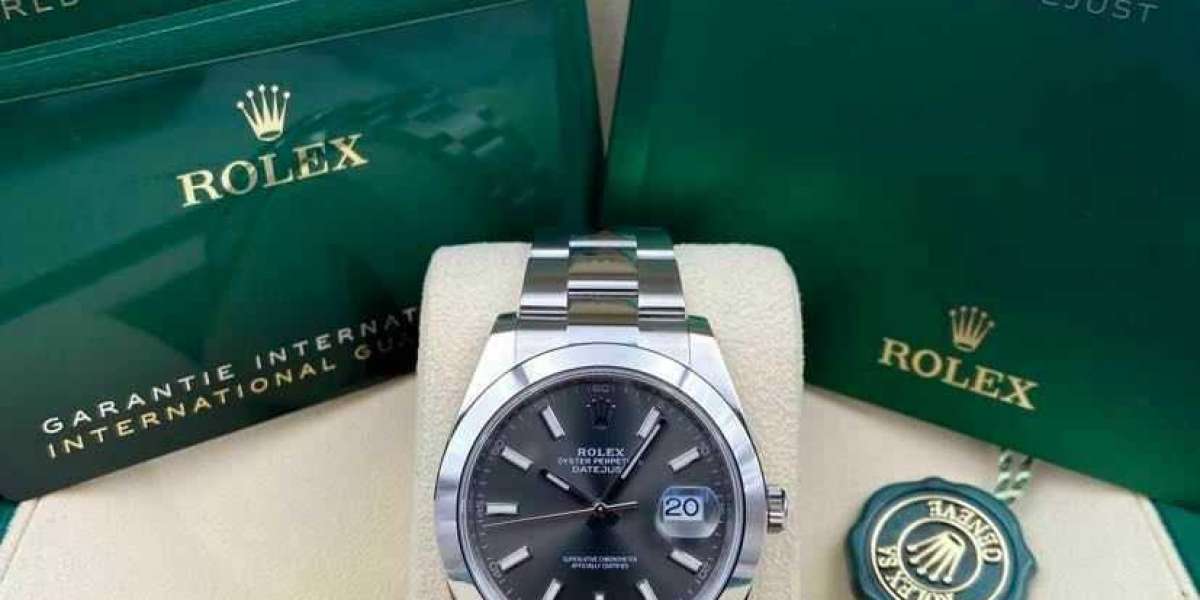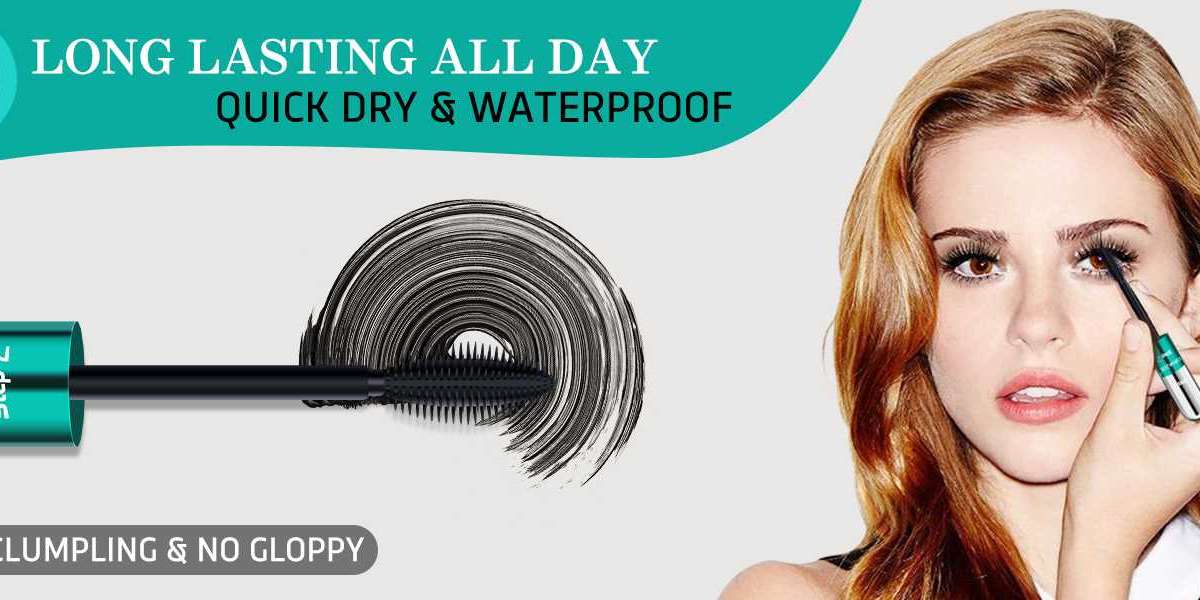Kia ora! I’m Courtney, and today we’re going to explore the key differences between cheap coffee grinders and expensive ones. If you're a coffee enthusiast, you’ve probably noticed that coffee grinders come in a wide range of prices. But what exactly sets a budget-friendly grinder apart from a high-end one? In this blog, we’ll break down the features you get for the price, helping you decide which type of grinder best suits your needs. Whether you’re new to grinding your own beans or considering upgrading, you’ll learn the important factors that separate cheap from expensive coffee grinders.
When it comes to coffee grinders, the price often reflects the quality and features you get. Let’s start with the materials used. Cheaper grinders are typically made with plastic components. While plastic may keep the cost down, it often doesn’t last as long as more robust materials like stainless steel. Over time, plastic parts can wear out, affecting the grinder's performance. On the other hand, expensive coffee grinders usually come with durable materials such as stainless steel or ceramic burrs, which not only last longer but also help maintain the quality of the grind.
Another difference you’ll notice is the quality of the grinding mechanism.
Cheap coffee grinders often use blade systems, which work by chopping the beans. This method tends to produce an uneven grind, which can lead to inconsistent flavours in your coffee. If you’re not too fussy about your coffee, a blade grinder might still get the job done. However, for those who want to enjoy a richer, more consistent brew, expensive grinders with burr mechanisms are the better choice. Burr grinders crush the beans evenly, providing a more consistent grind that enhances flavour.
Grind Size
A key feature that often comes with higher-priced coffee grinders is the ability to adjust the grind size. Cheaper models usually offer limited or no grind settings, which means you’re stuck with one or two options. This might be fine if you only make one type of coffee, like drip or French press, but if you enjoy experimenting with different brewing methods, you’ll want more control. Expensive grinders often come with a range of settings, allowing you to adjust the grind size for everything from espresso to pour-over. Having this flexibility can significantly improve your coffee experience.
Power Speed
Another factor to consider is motor power and speed. Cheap grinders tend to have smaller, less powerful motors, which can cause the grinder to heat up quickly. Heat is the enemy of coffee beans because it can strip away delicate flavours. Expensive grinders, on the other hand, typically have more powerful motors that operate at a slower speed, reducing the amount of heat generated during grinding. This helps preserve the beans' oils and flavours, resulting in a tastier cup of coffee.
Noise is another element that often differs between cheap and expensive grinders. If you’ve ever used a cheap grinder, you’ll know that they can be quite loud. This is mainly due to the fast-spinning blades or less insulated motors. Expensive grinders, particularly those with conical burrs, tend to be much quieter because they grind more slowly and are built with better sound insulation. If you’re an early riser and don’t want to wake up the whole house, investing in a quieter grinder might be worth the extra cost.
Let’s talk about the ease of cleaning. Cheap grinders, particularly blade grinders, can be difficult to clean as coffee grounds tend to get stuck in the blades. Over time, this can lead to a build-up of stale coffee, which affects the taste of your fresh beans. Expensive grinders are generally easier to clean, especially burr grinders, which can often be disassembled for thorough cleaning. Some high-end models even come with special cleaning brushes or built-in features that help minimise residue build-up.
So, is it worth spending extra on an expensive coffee grinder? It depends on how much you value the quality of your coffee. If you’re someone who drinks coffee occasionally and isn’t too concerned about the grind consistency, a cheaper grinder might be all you need. But if coffee is an essential part of your day, investing in a high-quality grinder can elevate your entire coffee experience. You’ll enjoy a more consistent grind, better flavour, and a machine that lasts longer.
Another consideration is how long you plan to keep your grinder. A cheap grinder might save you money upfront, but if it wears out after a year or two, you may end up spending more in the long run by replacing it. Expensive grinders, built with high-quality materials, often last much longer, making them a better investment if you’re a regular coffee drinker.
Ultimately, the choice between a cheap and expensive coffee grinder comes down to your coffee habits and how much you’re willing to invest in your coffee experience. For some, a simple blade grinder is enough to get the job done. But if you’re after the best possible cup of coffee every time, the extra cost of a burr grinder can make all the difference.
The differences between cheap and expensive coffee grinders are clear. Cheaper grinders offer affordability and simplicity, but they lack the consistency and durability of high-end grinders. Expensive grinders, with their superior build, grind consistency, and additional features, can provide a better coffee experience and last longer. If you're keen to explore the best coffee grinders, check out Segafredo Zanetti's range of coffee grinders NZ. You’ll find quality options that suit every budget.






